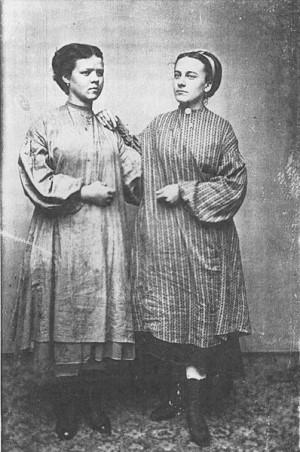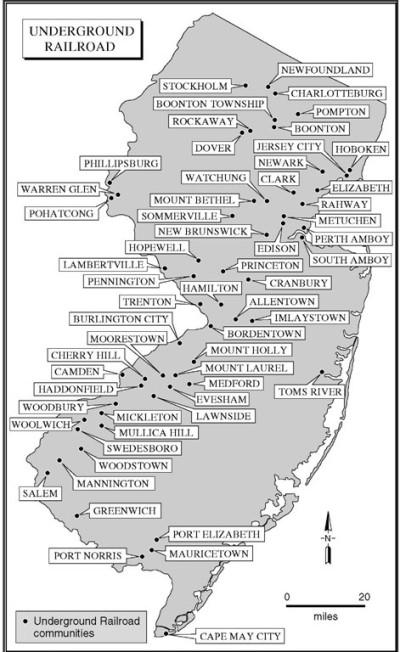First Professional Women in Art In the nineteenth century, women artists signed their work with a first initial and last name to conceal their gender. Not until the second half of the 19th century did women artists make significant progress. In the United States, women gradually became a force on the American art scene, winning prestigious commissions and awards. Image: Kaaterskill Clove by Harriet Cany Peale This deep gorge in New York’s Catskill Mountains inspired the Hudson River School of Art, our nation’s first artistic style. Harriet Cany Peale Harriet Cany Peale (1800-1869) was born in Philadelphia, where she studied with well-known portrait and historical genre painter, Rembrandt Peale (1778-1860). In 1840 she married Peale and exhibited for the first…




